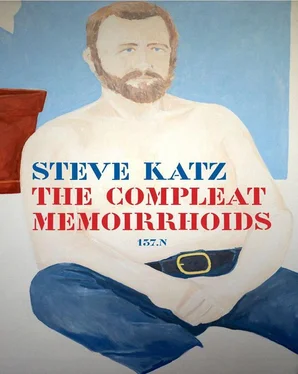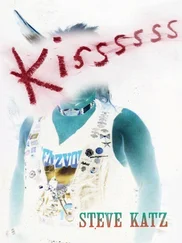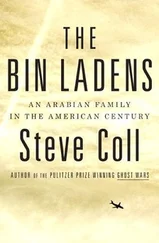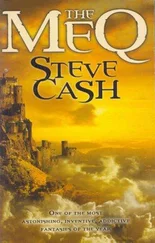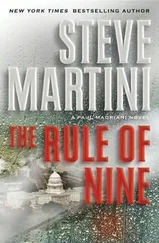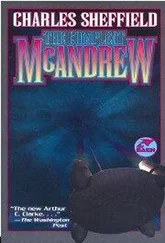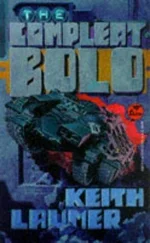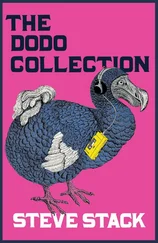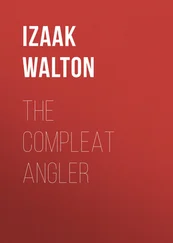We did come up with the stationery. One Sunday afternoon I went to the printer with Walter. The shop was on Delancey Street in the canyon formed by the bridge abutment. Walking there was like descending into Chasid gulch. We carried the boxes of PIIF stationery to my apartment, to be divided equally among the four fictioneers.
We all waited for something to happen, as if forming the group and printing the stationery could be a magnet for ideas. None of us had real collaborative energy. None of us was a performer. We each struggled plenty to find time to write our own works. We needed some hip P.R. energy. If one of us only had the relentless self-promotional push of an Allen Ginsberg. The flood of his talent and energy lifted all the Beats with him. Just a fraction of that push and we could have been contenders.
PIIF fizzled. Except for the stationery, nothing ever came of our conclave. We each wrote and published books. We each lived in or left New York City. We never met again as the PIIF. Occasionally each of us has been asked by some stranger who has seen the stationery, “What is this PIIF?”
Richard helped us raise the tipi tripod. It was a job of some modest engineering to get the long heavy poles to vertical in the small clearing. It had taken us the good part of two summers to fell, peel, and smooth the poles for the tipi. It’s best to cut them when the moon is waxing, because then the sap rises, and loosens the bark. The design causes rain to hit the confluence of the poles and guide itself down to run off into the ditch behind the dewcloth. A small drip sizzles occasionally into the fire pit at the center of the living space. You smooth the poles as best you can. Any slight chip or irregularity causes a drip onto the blankets or books. Lodge-pole pine is the standard, slim and smooth all the way up. All we had was spruce, too thick, too irregular and full of knots from bottom to top. The tripod poles were thick and heavy, the longest one thirty-six feet, all the others thirty-two. I was impressed, though unprepared for it, how every tiny detail impacts on the result.
To fasten the three tripod poles you wind the rope around them at a point just above where the cover ends, at twenty-eight feet in this case. It seemed counterintuitive that you don’t bind or tighten the rope while the poles are down, but once the poles were up the reason was clear. We tied a long rope to the top, and then tossed that rope over the highest limb we could reach, backed off into the primrose and raspberry, and pulled. The tripod rose slowly, but more easily than I had imagined. I moved the center pole around, and then another, and made a stable triangle that cinched itself at the top, which it couldn’t have done if the rope had been bound too tight. That tripod stayed up in place for many years. The tripod alone looked quite noble, powerful. I watched Richard stand back and look up at it. I think he said something like, “Wow!” I like to imagine that this was one of the inspirations for the great vertical Cor-ten steel pieces he made in the mid-Seventies at the Stedelijk Museum, called Sight Point , and in London at Liverpool Station, called Fulcrum .
While I was making the tipi I thought about Henry Crow-Dog a lot. I was privileged to be in his company while I was working on a film in
South Dakota. He was a shaman and a man of profound mischief from the Rosebud reservation. He appeared in a couple of shots, and remained on the set as the “spiritual advisor”. On the reservation he called the place he lived, Crow-dog’s Paradise. Above the entrance to his paradise was a portrait of Henry levitating in the lotus position, a peyote button in one hand, a cross in the other.
My poles were too thick at the top, so I couldn’t fit all fourteen poles, and had to use only eleven. The imperfection bothered me, but didn’t seem to make too much difference. We tied the dew-cloth to the poles, moved the bed in, and the chairs that Jingle built according to the design in the tipi book. Before we stretched the cover over the poles a black feather floated down between the poles, and landed inside the tipi. I took that as a blessing from Henry. We stretched the cover across the poles and tied it down, put the smoke-flap poles in place, and so we had a home. It was a sanctified space. To lie on your back and look up through the smoke-hole is exalting. Sometimes now I close my eyes and visualize the poles rising like the apse of a great cathedral. It imprinted particularly during a lightning storm that came a few days after the tipi was up. We closed the smokeflaps. Rain beat on the canvas and the wind swelled and smacked it against the poles. Lightning lit us up every few seconds. I’d never seen before how each flash was a different color. This was a great revelation of how our lives are lived in power and beauty.
A friendly aspect of New York is that it is a pedestrian city. Everyone rubs against anyone else. How do we get anywhere? We walk. Locals, tourists, evangelists, panhandlers, scholars, maniacs, students, pickpockets, atheists, commuters, flim flam, police all present and moving. All races on the street together. All bent genders. So sweet and dangerous. Everyone familiar. Everyone neutral. Don’t look at anyone. Don’t smile. So I am on my way down Broadway south of 8th Street checking myself out in the windows of cars parked illegally at the curb. I pause at the window of an Audi stretched into a limo and really see myself. “Geezer,” sez I. I keep going. It’s a cold damp late November day. I’ve been living in a dry climate so am not accustomed to the damp chilled knife of weather that slices through my light fleece jacket. I stop at a table of hats, gloves, scarves, assorted bling, tended skittishly by a couple of young black men trying to make a living, eyes out for cops. I drop a black knitted watch cap on my head and ask how much it costs. “Not like that, Pops. You don’t wear it like that.” Pops!!! I like that. Before I left Colorado a young woman with whom I worked on a film project had called me “dude”. That made me uneasy. It was flattering, but it raised a question. Was I too old to be a “dude”? And I don’t enjoy when the young ones call me “sir”. Perfunctory respect. A little too military. “You wear it like this, Pops. Over your ears. It’s cold out here.” He stretched the cap down over my ears.
Back in Denver the air is cold and dry. With the watch cap pulled over my ears I check myself out in the glass door of a Bed, Bath, and Beyond. I snap off the cap and check the grey hair. “Geezer,” sez I. “Pops, dude, sir.” I say. “It’s time for you to write your memoirs.” Like that. It comes to me out of the grey, as if it’s some kind of inspiration. The sun beats down on my back, as it often does in Colorado. It drags time across the prairie, into the mountains. Memoirs. A revolting idea. I’d rather be a dude. I have to agree, however. I already look like someone who must be writing his memoirs.
But how to write them? The idea of constructing a narrative arc out of memories I find repugnant. I don’t understand why, but when it comes to form I’m blind and stubborn. Maybe it’s because I want to present my experience as following the incessant sputter of life, and that my recollections present themselves at random, in fits and starts, and hardly ever in chronological order. They are like snapshots shot from the hip. They come up as if you are fishing for them without a line, without a pole. They pop out to interfere with the seamless process of the present. I present these sudden swellings I choose to call Memoirrhoids as they occur at random, arranged here by title in alphabetical order, and that is how I can write this volume of memoirs. This method gives me freedom to limit the frame of each of these itchings, and to occasionally allow each story to assume its own form, and to sketch in some fantasy since fantasy often leans into and informs “reality.”
Читать дальше
